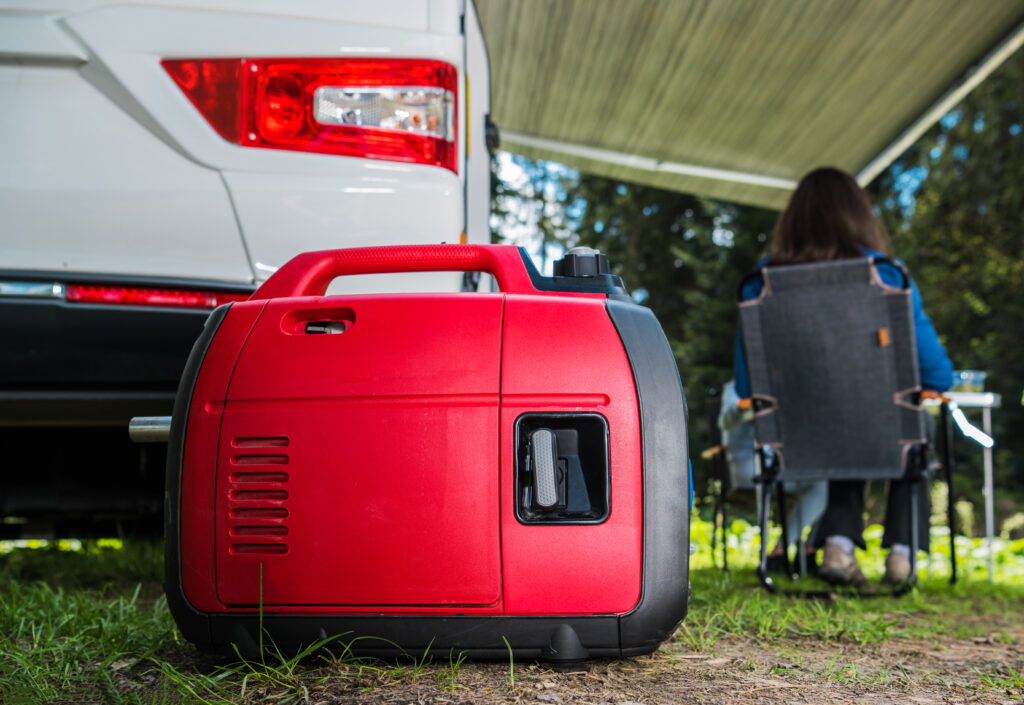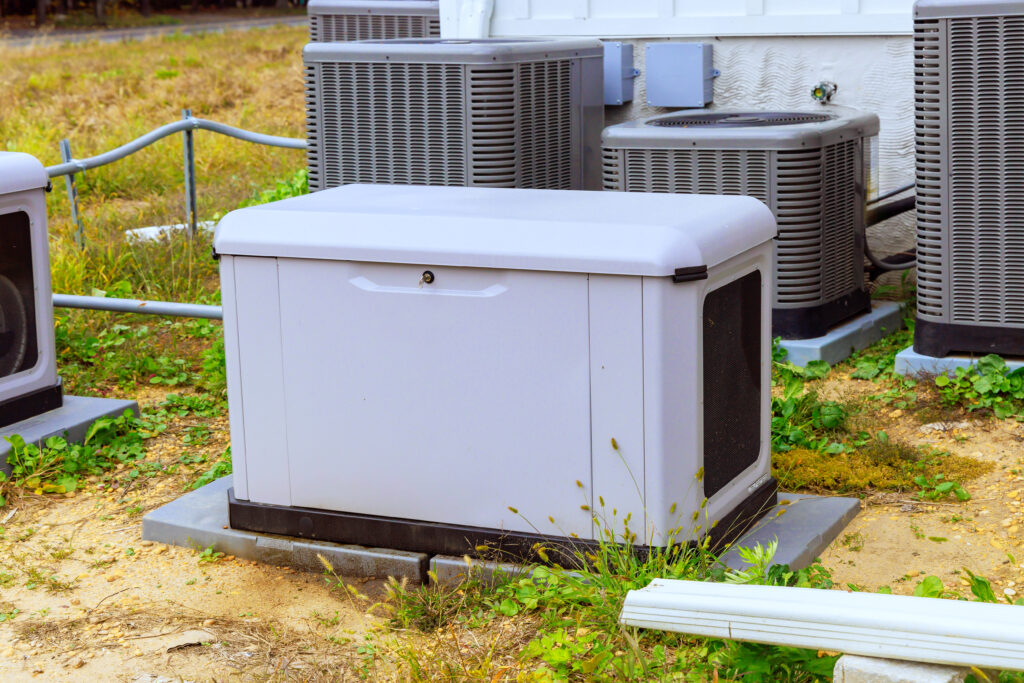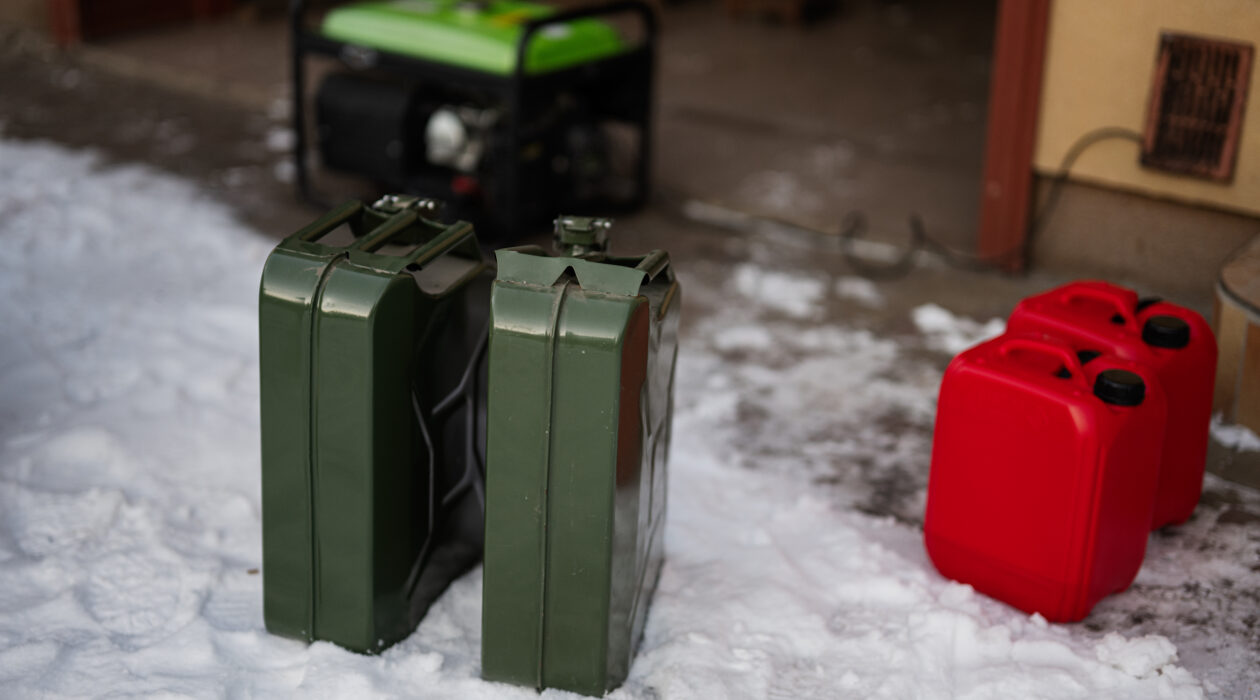Having a reliable power source can be a lifesaver in unexpected disasters or severe weather events. The question, ‘How big of a generator do I need?’ becomes critical when preparing for emergencies where power outages are an honest and often dangerous possibility. Whether it’s a natural disaster cutting off your electricity, a SHTF scenario that demands self-reliance, or severe storms disrupting the grid, the right generator can be your beacon of light and safety in these challenging times.
Overestimating or underestimating your power needs can have serious consequences. Too small and left vulnerable without essential power; too large, and you face unwieldy fuel costs and logistical challenges. This guide aims to provide clear insights and practical advice on selecting the ideal generator size, ensuring that you are prepared and protected with a reliable power source tailored to your critical needs when disaster strikes.
Understanding Generator Sizes
Generators come in various sizes and types, each suited to different needs. The dimensions are generally measured in kilowatts (kW) and kilovolt-ampere (kVA), with kW indicating the actual power output and kVA representing the apparent power usage. Regarding physical size, generators are classified mainly into portable and standby types. The choice between these depends on your needs—whether for a camping trip, home use or as a standby power source for more significant buildings like hospitals.
- Small Generators (1 kW to 10 kW): Suitable for basic home use, like powering a refrigerator, lights, and a fan.
- Medium-Sized Generators (10 kW to 50 kW): Ideal for more extensive home use, powering multiple appliances like HVAC units and washing machines.
- Large Generators (50 kW to 100 kW): Commonly used for backup power in offices and restaurants.
- Industrial Generators (100 kW to 300+ kW): Designed for industrial sites, larger offices, or buildings with heavy power requirements.
How big of a generator do I need? The importance of selecting the proper size must be balanced, as it affects efficiency and safety. A too small generator will be overloaded, while a huge one will lead to unnecessary fuel consumption and operational costs. Ideally, a generator should run between 50% to 80% of its maximum capacity for optimal performance.
Key Considerations for Selecting the Appropriate Generator Size
When choosing a generator, several factors should be taken into account:
- Total Wattage Requirements: Add up the running watts of all devices you plan to power simultaneously, then add the highest single starting wattage to this total. Remember that appliances with motors (like refrigerators) typically need three times their running wattage to start.
- Type of Appliances: Different appliances have varying power needs. Essential home appliances like fridges, televisions, and computers have specific wattage requirements. For instance, a refrigerator might need 600-800 watts for running and additional starting wattage.
- Duration of Use: Consider how long you’ll need to run the generator. If you’re preparing for prolonged outages, a more robust generator might be necessary.
- Fuel Type: Generators run on various fuels like gas, natural gas, diesel, or propane, each with its pros and cons. For instance, diesel generators are more fuel-efficient but might cost more upfront, whereas propane generators work well in cold weather.
- Noise Level: Especially important if the generator will be used in residential areas or at events. Larger generators tend to be noisier.
- Physical Size:
Continuing with the factors to consider:
- Physical Size: Generators are categorized into portable and standby types. Portable generators are compact and ideal for temporary uses like camping or small home needs. Standby generators, however, are larger, permanently installed, and suitable for providing backup power to entire homes or buildings.
- Start and Run Wattage: Understand the difference between starting watts (the extra power required to start appliances with motors) and running watts (the continuous power needed to operate the appliance). This is crucial for calculating the total wattage requirement accurately.
- Usage Patterns: Your daily power usage, especially for essential systems like HVAC or electric furnaces, will influence the size of the generator you need.
- Environmental Impact: Consider the fuel efficiency and environmental implications of different generator types.
- Safety Features: Look for generators with safety features like circuit breakers to prevent overloading and overheating.
- Cost: Balance your budget with your power needs. While larger generators offer more power, they are also more expensive.
- Location and Climate Considerations: The climate in your area can affect the performance of certain types of generators. For example, propane generators perform better in cold weather.
- Local Regulations: Be aware of any local regulations or restrictions regarding generator use, especially concerning noise levels and emissions.
- Maintenance and Longevity: Consider the maintenance requirements and the expected lifespan of the generator.
By taking these factors into account, you can make a well-informed decision about the size and type of generator that best suits your needs. For detailed wattage requirements of specific appliances and more in-depth guidance, you can refer to the resources provided by BigRentz, Home Depot, and Power Plug Generators.
Calculating Your Power Needs
Calculating your power requirements for a generator involves a few straightforward steps. Here’s a guide to help you through the process:
- List Your Appliances: Begin by listing all the appliances and devices you plan to power with the generator. This could include anything from lights and refrigerators to air conditioners and power tools.
- Find the Running Wattage: Check the labels, manuals, or manufacturer’s website for each appliance to find its running wattage—the amount of power it needs to operate continuously.
- Calculate Starting Wattage for Motor-Driven Appliances: Some appliances, particularly those with motors like refrigerators or air conditioners, require extra power to start up. This starting wattage is typically about three times the running wattage.
- Total Power Requirement: Add up the running wattages of all your appliances. Then, add the highest starting wattage to this total. This gives you the total power requirement.
- Add a Margin: To ensure reliability and longevity of your generator, add a safety margin to your total. A common practice is to choose a generator with a capacity about 10-20% higher than your total calculated wattage.
Example Scenarios:

- Home Use: Let’s say you want to power a refrigerator (800W running, 2400W starting), a TV (200W), and a few lights (300W). Your total running wattage is 1300W. Add the highest starting wattage (2400W for the refrigerator), and the total requirement is 3700W. Adding a 20% margin, you should consider a generator with at least 4440W capacity.

- Camping: For a camping trip, you might need a portable generator for a small fridge (700W running, 2100W starting), a laptop charger (50W), and a camp light (60W). The total running wattage is 810W, and the highest starting wattage is 2100W, making the total need 2910W. A generator with about 3500W would be suitable.

- Emergency Backup: In an emergency scenario, you might need to power a sump pump (800W running, 1200W starting), a furnace fan (800W running, 2400W starting), and essential lights (400W). The total running wattage is 2000W, plus the highest starting wattage of 2400W, brings the total to 4400W. A generator with a capacity of around 5300W would be recommended.
Case Studies or Examples
Real-life examples can illustrate how these calculations apply in various scenarios:
- Residential Power Outage: A family experienced a prolonged power outage during a winter storm. They used a 7500W generator to power their furnace (1800W running, 5400W starting), refrigerator (700W running, 2100W starting), a few lights (300W total), and a TV (200W). Their total running wattage was 3000W, but considering the highest starting wattage (5400W for the furnace), their total need was 8400W. The 7500W generator, slightly below the total need, still managed to handle the load efficiently because the furnace didn’t run continuously.
- Camping Adventure: A group of campers used a small 2000W portable generator to power a mini-fridge (600W running, 1800W starting), charge mobile devices (150W total), and provide lighting (100W total). Their total running wattage was 850W, and with the highest starting wattage (1800W for the fridge), the total was 2650W. The 2000W generator was sufficient because the fridge’s high starting wattage was only momentary.
- Business During Blackout: A small business, during a blackout, used a 10000W generator to keep their operations running. They needed to power several computers (2000W total), lights (500W total), a copier (1500W running, 4500W starting), and an air conditioner (1500W running, 4500W starting). Their total running wattage was 5500W, and with the highest starting wattage (4500W), the total requirement was 10000W. The generator they chose perfectly matched their needs, allowing for uninterrupted business operation.
Additional Considerations:
Fuel Types and Efficiency
Different types of generators use various fuel sources, each with its unique set of pros and cons, efficiency levels, and environmental impacts.
| Generator Type | Pros | Cons | Efficiency and Environmental Impact |
|---|---|---|---|
| Gasoline Generators | – Widely available – Typically less expensive | – Shorter shelf life for fuel – Higher risk of fire – Not as efficient in cold weather | – Less fuel-efficient – Higher emissions compared to other fuels |
| Diesel Generators | – More fuel-efficient – Longer engine life – Reliable | – Higher upfront cost – Diesel fuel can be harder to store | – Better fuel efficiency – Diesel engines emit more particulates |
| Propane Generators | – Clean-burning – Long shelf life for fuel – Quieter operation | – Less energy-dense than gasoline or diesel, which can mean less power output | – Produces fewer emissions – Lower energy efficiency |
| Natural Gas Generators | – Convenient (if connected to a municipal line) – Cleaner burning than gasoline or diesel | – Dependent on a fixed fuel source – Less portable | – Low emissions – Can be less efficient in terms of energy conversion |
| Dual-Fuel/Bi-Fuel Generators | – Versatile, can switch between fuel types based on availability | – Can be more expensive – Complex maintenance | – Efficiency and environmental impact depend on the type of fuel used – Offers flexibility in reducing emissions |
Maintenance and Safety Tips
Proper maintenance and safety practices are crucial for efficient and safe operation of generators.
- Regular Maintenance:
- Check and change oil regularly, especially after extended use.
- Inspect and replace air filters as needed.
- Regularly test the generator under load to ensure it’s functioning correctly.
- Keep the generator clean from debris and dust.
- Safety Precautions:
- Never operate a generator indoors or in enclosed spaces to avoid carbon monoxide poisoning.
- Ensure proper ventilation when running a generator.
- Keep the generator dry and do not use it in rainy or wet conditions.
- Store fuel safely and away from living areas.
- Connect appliances directly to the generator or use a heavy-duty, outdoor-rated extension cord.
- Best Practices:
- Always read and follow the manufacturer’s instructions.
- Allow the generator to cool down before refueling to avoid fire hazards.
- Use a transfer switch for connecting to home circuits to prevent backfeeding, which can be dangerous to utility workers and neighbors.
- Be aware of local laws and regulations regarding generator use, particularly in residential areas.
Remember, the right maintenance and safety practices not only extend the life of your generator but also ensure the safety of everyone around it.
FAQ Generator Size
How do I calculate what size generator I need?
Sum the running wattage of all devices you’ll use plus the highest starting wattage. Add 10-20% more to this total for the ideal generator size.
How big of a generator do I need for a 2000 sq ft house?
Typically, a 5,000 to 7,500-watt generator suffices for essential needs. For more extensive use, consider 10,000 to 15,000 watts.
What size generator will run a home?
A basic home requires a 5,000 to 7,500-watt generator. For comprehensive needs including HVAC, consider 10,000 to 20,000 watts or more.
How big of a house will a 22kw generator run?
A 22kw generator can usually power a large home with essential and luxury appliances, suitable for an average-sized home’s complete needs.
In conclusion, when addressing the question, “How big of a generator do I need?” it’s essential to understand that the correct size depends on your specific power requirements. This involves calculating the total wattage of all appliances and devices you intend to use, including a higher starting wattage for motor-driven appliances. A 22kw generator, in particular, offers ample power for most residential needs and can support essential and luxury appliances in an average-sized home. Choosing the right generator size balances your power needs and efficient operation, ensuring safety, reliability, and cost-effectiveness.














